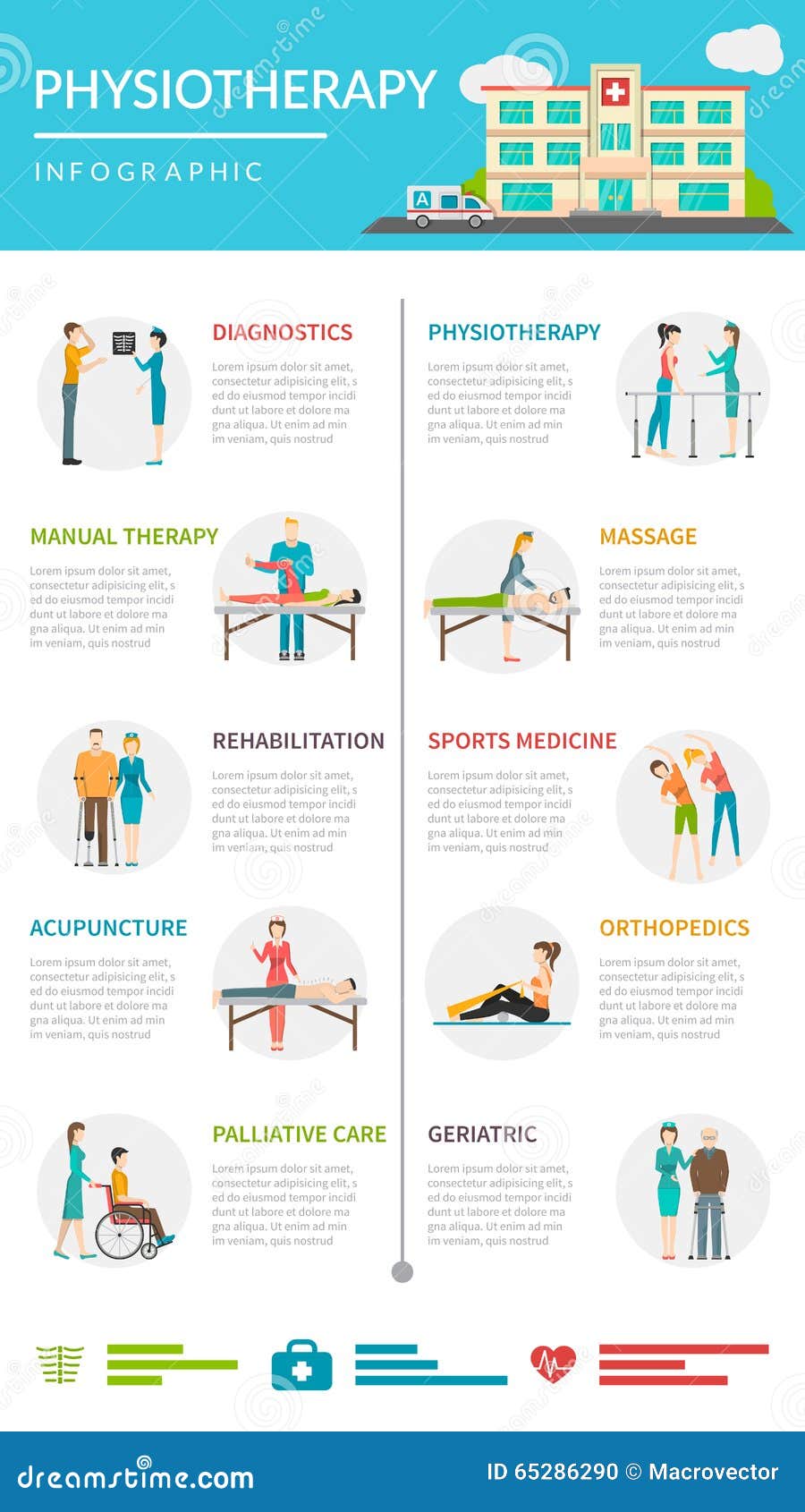Be Prepared To Unravel The Fascinating Mobile Interactions Associated With Cold Laser Treatment And Its Usage Of Light For The Function Of Recovery. Immerse Yourself Better Into The Realm Of Scientific Research!
Be Prepared To Unravel The Fascinating Mobile Interactions Associated With Cold Laser Treatment And Its Usage Of Light For The Function Of Recovery. Immerse Yourself Better Into The Realm Of Scientific Research!
Blog Article
Staff Author-Rush Hutchison
You may have come across cold laser treatment as an encouraging therapy choice for numerous problems, yet have you ever before wondered just how it in fact deals with a mobile degree? Understanding the mechanisms behind this treatment can clarify its effectiveness in advertising healing and minimizing inflammation. By checking out the scientific research behind cold laser therapy, you'll get insights right into the fascinating ways in which light can affect cellular processes and facilitate tissue repair.
Exactly How Cold Laser Treatment Works
To understand just how cold laser therapy functions, you require to realize the fundamental principles of exactly how light energy communicates with organic tissues. Cold laser treatment, additionally known as low-level laser therapy (LLLT), uses particular wavelengths of light to pass through the skin and target underlying cells. Unlike the extreme lasers utilized in procedures, cold lasers release reduced levels of light that don't generate warm or create damage to the tissues.
When these mild light waves reach the cells, they're soaked up by parts called chromophores, such as cytochrome c oxidase in mitochondria. laser quit smoking of organic feedbacks, consisting of raised cellular energy production and the launch of nitric oxide, which enhances blood flow and lowers swelling.
Additionally, cold laser weight loss can also promote the production of adenosine triphosphate (ATP), the energy money of cells, aiding in cellular fixing and regeneration procedures.
Essentially, cold laser treatment utilizes the power of light energy to promote healing and reduce discomfort in a non-invasive and mild fashion.
Devices of Action
How does cold laser treatment actually function to produce its therapeutic impacts on biological tissues?
Read A lot more , also referred to as low-level laser therapy (LLLT), operates through a process known as photobiomodulation. When the cold laser is applied to the skin, the light energy passes through the tissues and is soaked up by chromophores within the cells.
These chromophores, such as cytochrome c oxidase in the mitochondria, are after that stimulated by the light power, bring about a cascade of biological responses. One vital device of activity is the improvement of mobile metabolism.
The taken in light energy enhances ATP production in the mitochondria, which is critical for cellular feature and repair work. Additionally, cold laser therapy aids to reduce inflammation by hindering inflammatory moderators and advertising the release of anti-inflammatory cytokines.
This anti-inflammatory impact contributes to discomfort relief and tissue healing.
Therapeutic Results
Understanding the therapeutic effects of cold laser therapy entails acknowledging just how the improved mobile metabolism and anti-inflammatory residential or commercial properties add to its positive end results on organic tissues.
When the cold laser is put on the afflicted location, it promotes the mitochondria within the cells, causing increased production of adenosine triphosphate (ATP), which is essential for mobile function and fixing. This increase in cellular energy speeds up the healing process by promoting tissue regrowth and lowering inflammation.
Additionally, the anti-inflammatory residential properties of cold laser treatment assistance to lower discomfort and swelling in the targeted location. By preventing inflammatory moderators and advertising the launch of anti-inflammatory cytokines, cold laser treatment aids in easing pain and boosting the total recovery response.
This reduction in inflammation not only provides instant relief however additionally sustains long-lasting tissue repair service.
Conclusion
Finally, cold laser therapy functions by promoting cellular repair service and tissue regrowth through photobiomodulation. Its anti-inflammatory properties give discomfort relief and minimize swelling by preventing inflammatory moderators.
This treatment offers a detailed strategy to healing, supplying both prompt alleviation and long-term tissue repair work advantages.
With its systems of activity, cold laser treatment shows to be an efficient and appealing treatment choice for a selection of conditions.
